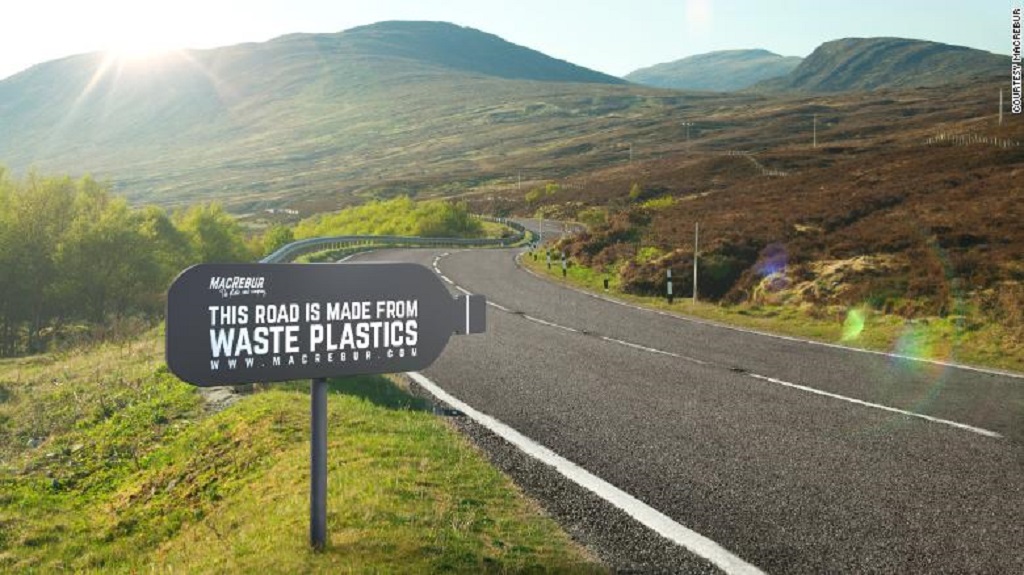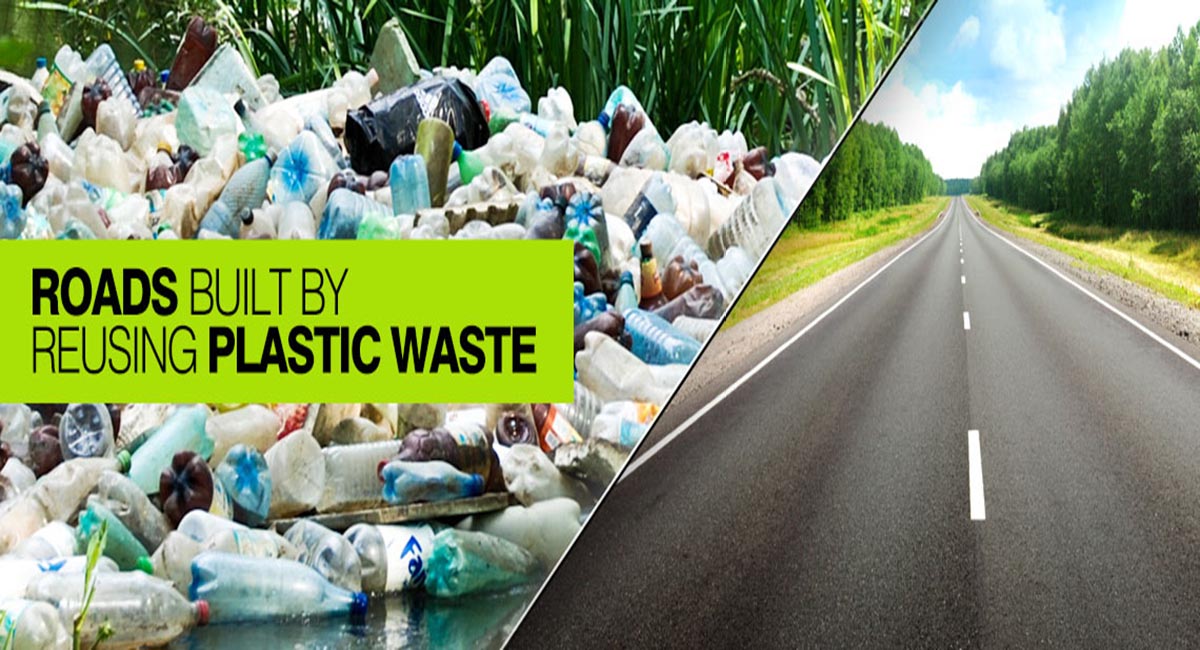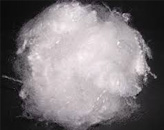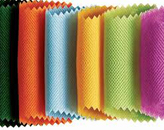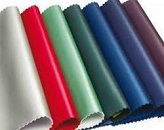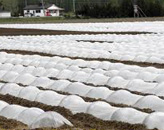Plastic waste for Road Construction
The Central Roads and Research Institute had urged the PWD and NHAI to use plastic waste using hot mix process for bituminous roads.
The central Pollution Control Board has cleared the use of plastic for road construction as it increased road life with better resistance to water. It increases the life of road by almost 2 years and also help in saving money by reducing bitumen by 10% and also reducing wear and tear of roads
Indian Road Congress in its report IRC:SP:98-2013 has said “Only plastic conforming to Low Density Polyethylene (LDPE), High Density Polyethylene (HDPE), PET and Polyurethane shall only be used in pavement construction.”
PVC shall not be used since they release lethal levels of dioxines
Waste Plastic 6 to 8 % (Depending upon climate condition high % for high rainfall area) of the weight of the bitumen can be used for Open-Grade Premix Surfacing and Mix Seal surfacing mix. Quantity of bitumen can be reduced correspondingly.
The choice of PET, LDPE, HDPE, PU and PP was made as it does not give any toxic gases at 180°c
Recycling of PET/Polyester waste and used PET bottles is essential to maintain cleanliness of environment.
Process of Manufacturing Roads using Plastic Waste
The process of making Plastic Road is as follows
“The advantages of using waste plastics for road construction are many. The process is easy and does not need any new machinery. For every kilo of stone, 50 gms of bitumen is used and 1/10th of this is plastic waste; this reduces the amount of bitumen being used. Plastic increases the aggregate impact value and improves the quality of flexible pavements. Wear and tear of the roads has decreased to a large extent,” explains the proud Plastic Man of India Dr.R. Vasudevan.
How much Plastic waste to be added
Laboratory test on mechanical properties of asphalt mixture when 0 to 10% of PET was blended into the mixture. The best proportion of PET that they have been found was 6% by weight of asphalt. There is no gas evolution when PET is heated in the temperature range of 120˚C-165˚C and it start decompose at temperature 270˚C but there is still no harmful gas evolution.
Research also concludes that in a bituminous mixture LDPE and HDPE were the best recycled material to use. It has been pointed out 4% is the ideal amount of recycled LDPE and HDPE as an additive to asphalt binder.
Why us
We at Nirmal Fibers Pvt Ltd are PET waste recyclers and we recycle Post consumer PET bottle collected from all over India.
The PET bottles are used as raw material for making Polyester Staple fiber. Our byproducts during bottle recycling are Caps and Rings of bottle which are mainly LDPE, HDPE and sometimes PP. These ring and caps are washed and shredded in 14-25mm cut size and packed in 25kg bags.
Also during bottle to fiber conversion we generate some PET waste which can be used in Roads.
For buying LDPE, HDPE and PET Plastic waste for making Roads please contact waste@nirmalfibers.com
Our Products
2017 Nirmal Fibres (P) Ltd. All Right Reserved.


